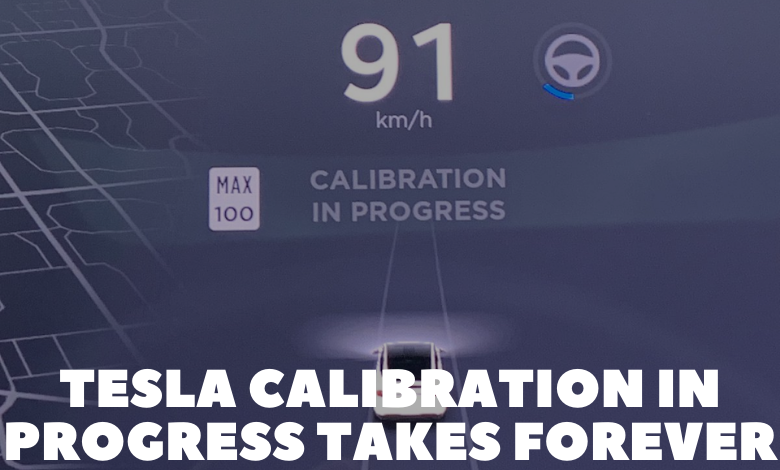Tesla Calibration in Progress Takes Forever

Many owners find this process frustrating, especially when it seems to take an inordinate amount of time. Here’s an in-depth look at why calibration is necessary, what it entails, and how to troubleshoot prolonged calibration issues. As a Tesla technician, I’ve encountered numerous queries and concerns from Tesla owners. One recurring issue that I’ve often been asked about is the “Calibration in Progress” message that appears on the vehicle’s display.
While the calibration process can sometimes feel like it takes forever, it’s a crucial step to ensure the safety and efficiency of Tesla’s advanced driving systems. By understanding the factors that affect calibration time and taking proactive steps to address potential issues, you can help expedite the process.
As a Tesla technician, my advice is to remain patient and diligent. Remember that the calibration process is designed to ensure your Tesla’s ADAS features operate correctly and safely. If problems persist, don’t hesitate to reach out to Tesla support or your local Service Center for assistance. Your safety and satisfaction are paramount, and Tesla is committed to providing the best possible driving experience.
Understanding Calibration
Calibration is a critical process for Tesla’s suite of advanced driver-assistance systems (ADAS), which includes Autopilot, Full Self-Driving (FSD), and other safety features. The calibration process involves the vehicle’s cameras and sensors aligning and synchronizing with the software to ensure accurate operation. This is essential for functions like lane-keeping assist, adaptive cruise control, and obstacle detection.
Why Calibration Takes Time?
Several factors influence the duration of the calibration process:
- Driving Conditions: Calibration requires specific driving conditions to collect the necessary data. Ideal conditions include clear roads with visible lane markings, varied driving environments (highways, city streets), and a mix of driving speeds. If you’re mostly driving in heavy traffic, bad weather, or on poorly marked roads, the process can take longer.
- Mileage: Tesla recommends driving at least 20-30 miles (32-48 kilometers) under ideal conditions for calibration to complete. However, this is an average estimate, and some vehicles might require more mileage.
- Camera and Sensor Quality: Any issues with the cameras or sensors, such as dirt, damage, or misalignment, can extend the calibration time. Ensuring that all cameras and sensors are clean and unobstructed can help expedite the process.
Troubleshooting Prolonged Calibration
If you find that the calibration process is taking longer than expected, here are some steps to troubleshoot and potentially resolve the issue:
- Check Camera and Sensor Obstructions: Inspect all cameras and sensors for dirt, debris, or damage. Clean them gently with a soft cloth. Make sure there are no obstructions, such as aftermarket accessories, that might interfere with their operation.
- Drive in Ideal Conditions: Ensure you are driving in environments that meet the optimal conditions for calibration. Choose routes with clear lane markings, avoid heavy traffic, and try to drive at varied speeds, including highway speeds.
- Perform a Soft Reset: Sometimes, a simple soft reset of the vehicle can help. To do this, hold down the two scroll buttons on the steering wheel until the touchscreen restarts. This can clear minor software glitches that might be affecting the calibration process.
- Software Updates: Ensure your Tesla is running the latest software version. Tesla frequently releases updates that can fix bugs and improve the calibration process. Go to the ‘Software’ tab in the vehicle’s settings to check for updates.
- Service Center Visit: If you’ve tried the above steps and calibration is still not completing, it might be time to schedule a visit to a Tesla Service Center. Technicians can run diagnostics to identify any underlying issues with the cameras, sensors, or software.
